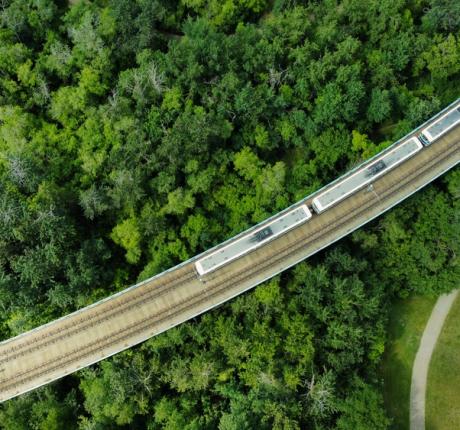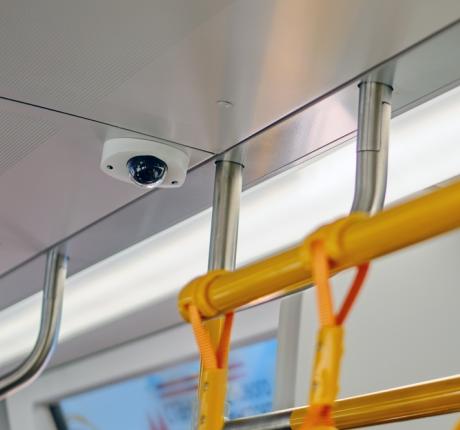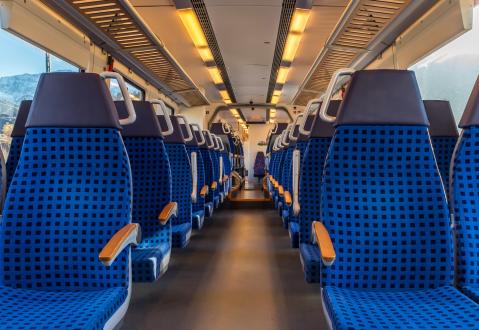
Rolling stock refurbishment and maintenance to keep you on track
Industry trends
Stay up-to-date! Subscribe to our news today.
To gain or retain your competitive advantage as a railway operator, one of your main priorities is to offer the best-possible passenger experience. With rapidly evolving software systems and ever-changing passenger and legislative requirements, timely refurbishments are crucial to keeping your mechanical, electronic and software equipment up to par at all times.
Recommended refurbishment after 15 years (…but technology doesn’t wait that long)
Usually, it’s very clear when your rail vehicle has reached half of its life span: its general condition has declined, the interior is outdated, seats are worn, mechanical parts need replacing … To make sure your rolling stock keeps looking great and meets quality and safety standards, a thorough refurbishment – or mid-life overhaul – is common in the industry after approximately 15 to 20 years.
By that time, your on-board communication and control systems are probably far from up to date with applicable standards. Technology evolves quickly and passenger expectations eagerly follow: without regular upgrades – after 5 to 7 years – the train to competitiveness has left, and you’re still stuck on the platform.
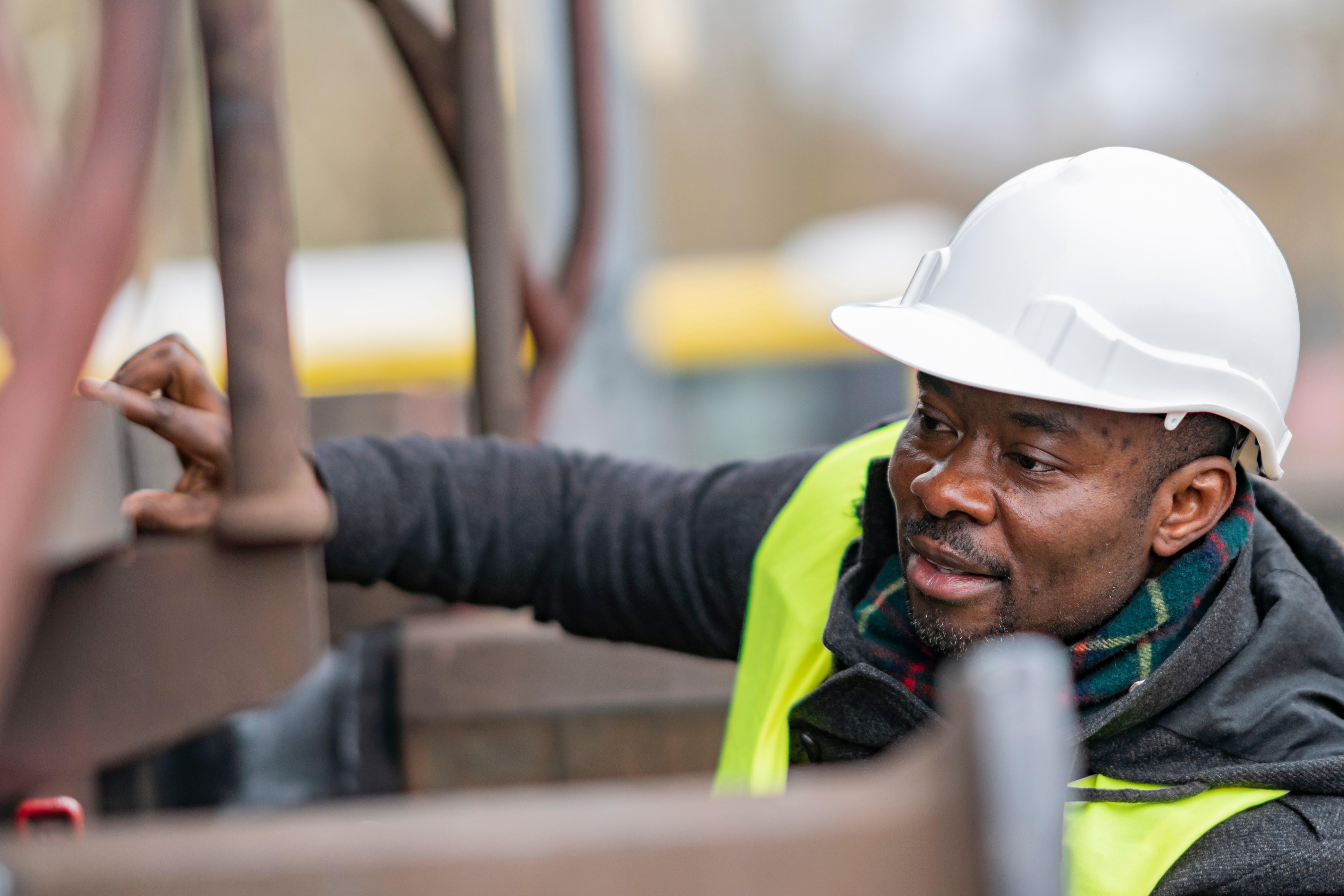
Passenger information systems (PIS) have changed tremendously in recent years: from manual, audio-only on-board announcements to real-time travel information broadcasting on LED or TFT displays that are manageable from operational control centres, or even fully automated. As a result, the timely refurbishment of electronic and software equipment is a must to leveraging new opportunities and ensuring superior passenger experiences.
Where to start?
Before analysing to what extent existing railway systems should be upgraded or renewed, you should first decide on the objective of your refurbishment.
What do you want to achieve? Your goal can be:
-
passenger induced – to meet evolving expectations,
-
legislation induced – to meet new regulations,
-
operator/vehicle owner induced – to follow predefined refurbishment schedules.
Types of rail refurbishment: from least to most invasive
-
Adding new rail vehicles to existing fleet
Do you want to extend your fleet of train, tram or tube vehicles currently equipped with analogue, audio-only PIS by adding new vehicles with real-time audio-visual PIS? Then you can connect the old and new audio systems through analogue standards such as UIC and APTA.
-
Adding new software functionalities
If your objective is to monitor on-board systems by interfacing them with real-time data sources, such as an ITCS system, provide passengers with real-time travel information and collect real-time data from your systems, your refurbishment will be software focused.
-
Achieving better control of on-board electronics
If your current PIS platform doesn’t support the next generation of software you want to implement, an upgrade or replacement will probably be necessary. Depending on what is upgraded and what is kept, you’ll need specific interfaces to pair with existing audio/LED/TFT/TCMS systems.
-
Full mid-life interior refurbishment
The most invasive refurbishment project is obviously one where a rail vehicle’s entire interior requires attention, from seats and comfort systems such as HVAC, to audio systems, PIS displays and software upgrades.
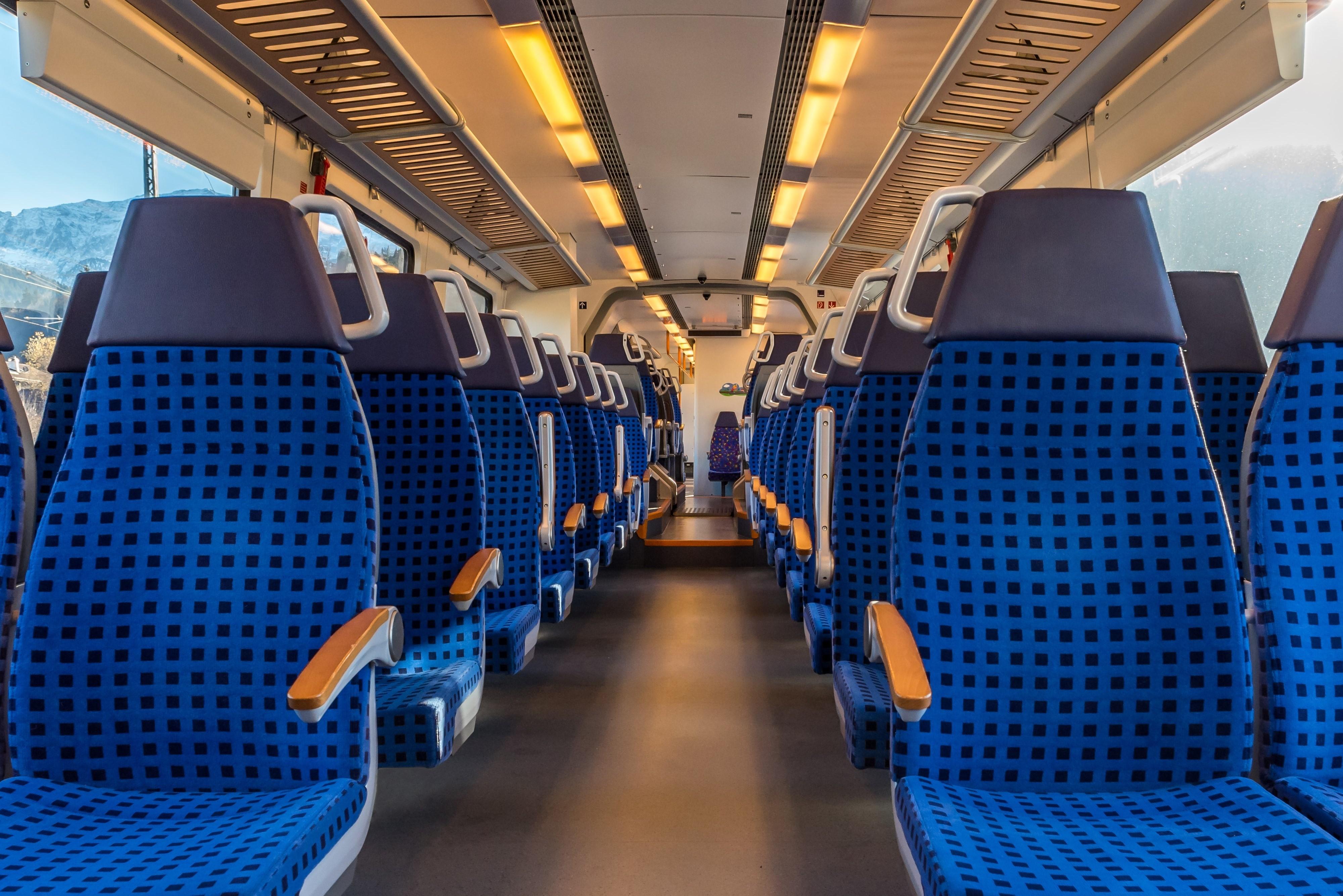
Prepare properly to avoid downtime
Regardless of the objective of your refurbishment, you don’t want to disrupt your service during the process. Partnering with an experienced full system supplier like Televic GSP gives you assurance that the refurbishments are carried out in the most cost-effective way from start to finish:
1. We reuse where possible and replace only when necessary: by making optimal use of equipment that’s still in good condition, rail vehicles don’t have to be taken out of operation for months. By thoroughly evaluating the current state of your PIS – display panel age, technology used, cabling, etc. – we identify what to keep, and what to replace.
2. We evaluate limitations for future-proof usability: if the performance of current interfaces or electronic equipment doesn’t match up with the refurbishment’s objective, it’s hard to provide a sustainable solution. That’s why we evaluate limitations and compatibilities before tackling any refurbishment project. Then we eliminate them by proposing hardware upgrades or replacements.
3.We isolate legacy equipment and software: this avoids introducing dependencies on systems that will eventually be replaced.
By designing, building and maintaining the communication and control systems required for your refurbishment, Televic GSP helps you to retain or regain your competitive advantage.


